Gulls -- from the Canary Islands 2
From atlantis to graelsii
(c) Harry J Lehto
Two main forms of large wihte-headed Gulls are found in the Canary Islands.
The first taxon belongs to the Herring Gulls (Larus argentatus) superspecies.
It is widely considered to be part of the michaellis-complex and has
classified under the name atlantis. It appears to be different from the
Azores form of atlantis. Here we do not take an strong opinion on the
taxonomic status of Larus (argentaus/michaellis) atlanis, and just refer to
it as atlantis.
The second taxon encountered commonly in the Canary Islands is Lesser-black
backed Gull Larus (fuscus) graelsii. Here again we do not take strong opinion
on the taxonomic status of graelsii.
All the identifications below are tentative and open to discussion. (And I'll have to double check the ages of the graelsiis from the orginal series of
slides).
Figure 2 photographed in La Palma in Sept 1998.
All others photographed in Gran Canaria in Sept 1998.
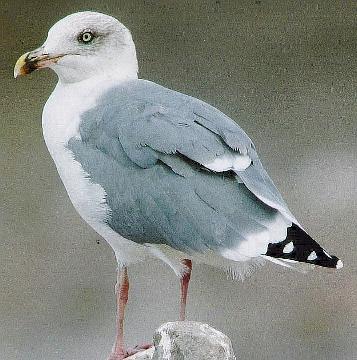
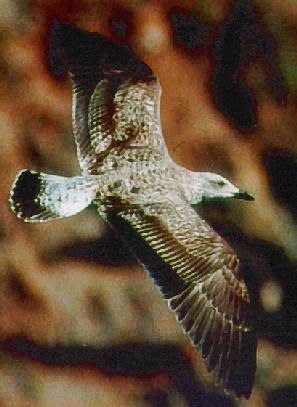
Figure 1. The first bird is an atlantis of apparently 4th calendar year
or older. Note that the bird is moulting strongly (P10 not visible).
Figure 2. 1cy altantis in flight. The bird has a short thick bill. The
window on the closer wing is weak. The bird appears very similar to what
one would expect of a graelsii
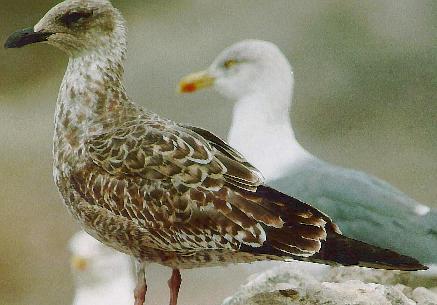
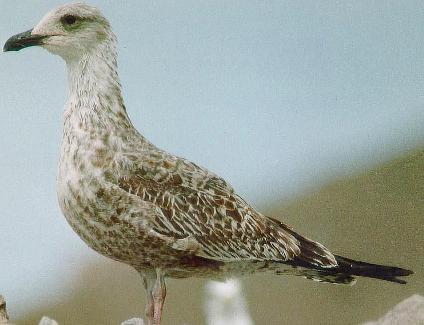
Figure 3. 1cy (=1st calendar year) bird. Note the fresh plumage and rather short thick bill.
Figure 4. 1cy atlantis. Again another quite typical bird. Short bill,
plenty of pale coloring and notches in the coverts and tertials
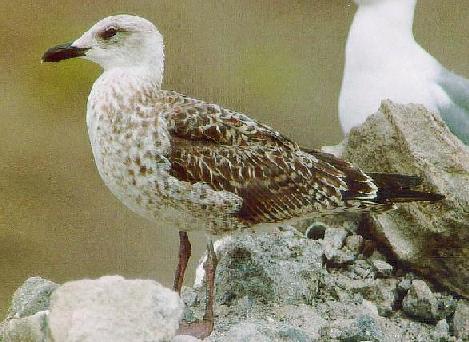
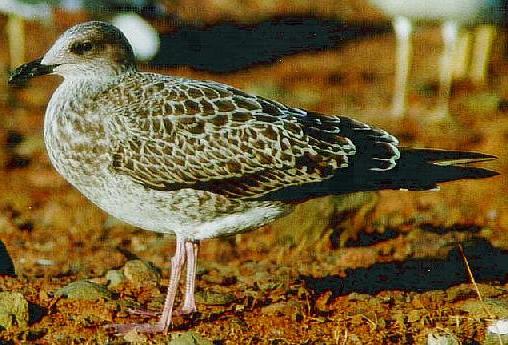
Figure 5. 1cy graelsii (or ?). Very similar to the picture above, but note
longer narrower bill, paler head, new (1st winter) darker centered
mantle feathers, weaker notches on the tertials, clearly demacrated
patterns in tertials, coverts and mantle. The head appears also paler.
However, note that the bird has moulted eg. some outer median coverts,
and some lesser coverts. The moulting pattern (including mantle) does
not appear to fit the North Sea populations of graelsii. I'm not sure
however of the moult patterns of more southern graelsii populations.
The question mark in the identification implies that some kind of
a michaellis is not ruled out. The moult pattern would fit michaellis though.
(The bill and the jizz appear to rule out an atlantis). Thanks to P Wolf
for his comments.
Figure 6. 1cy graelsii or fuscus. Narrow and longish bill, long wings and
all the other points mentioned in Fig 5, except that the head appears
darker on this individual
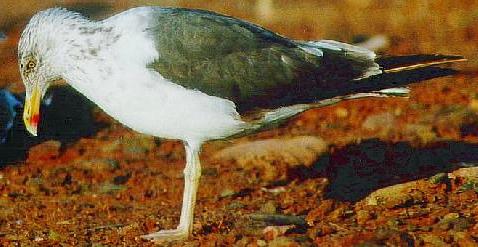
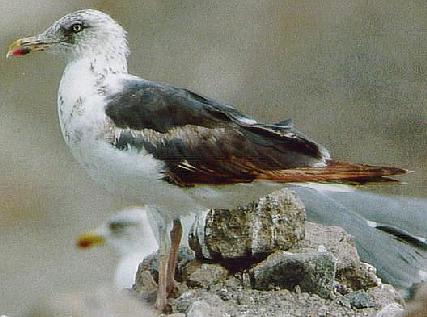
Figure 7. Graelsii +1cy (maybe 3rd calendar year) (winter) plumage in strong evening light
(The darkness of the wingtip is overemphasized due to light and image
scanning not being able to reproduce dark tones). Note that the legs
are pale (and not bright) yellow. Note that this indidivual appears to
have dark on the tail.
Figure 8. Graelsii +1cy (may be 2nd calendar year (or is it 3rd?))
(compare with fuscus )
Mantle clearly darker than atlantis. At this age the legs may not be
yet be yellow. One good indicative distinction between the species
appears to be the molt, which is about 2 primaries ahead in atlantis.
[an error occurred while processing this directive]
hits since Dec 23 1998
Return
hlehto@astro.utu.fi







